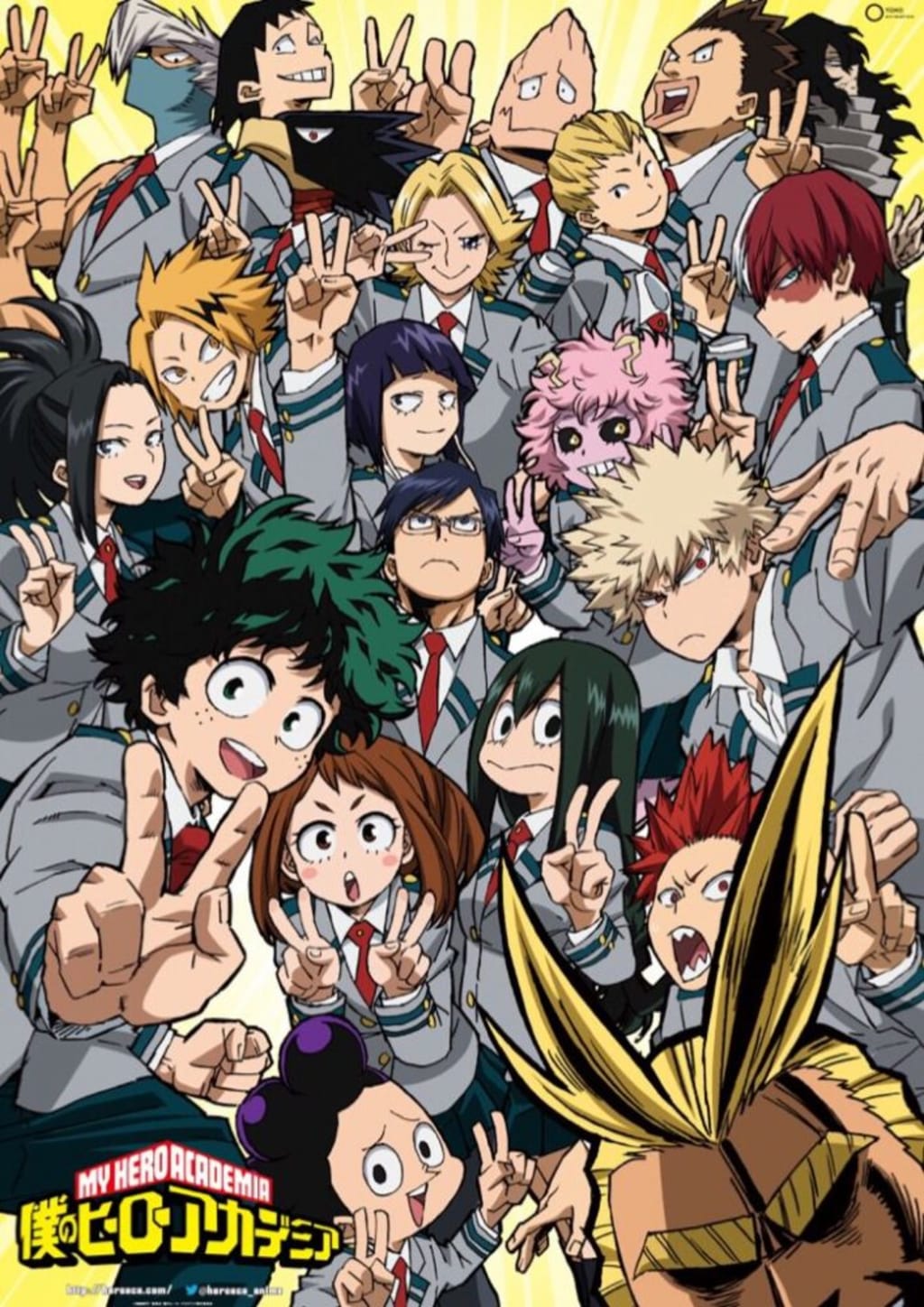
Companions develop a bond with the main character and ultimately encourage and receive a transformation of characteristics and skills. They are meant to inspire or inform the main character as they experience growth on their journey, but sometimes they’re not expected to go through their own character development. The common misconception with Companions is that they’re meant to live in the shadow of the main character, but this only leads them to be seen as unnecessary and repel the audience. It’s time to put a stop to neglecting the companions. Through a breakdown of the Companion’s role and attributes, I will discuss the companion’s importance and how they can become more memorable to the audience. Afterwards, a series of “What if…” prompts will be suggested to hopefully encourage you to create a companion that stands out.
1. Backstory - How did their paths cross?

Bakugou and Midoriya from Boku no Hero Academia (My Hero Academia)
Most authors don’t think about the Companion until the main character is created, which makes sense, but your companion should be significant on their own. You must make sure the Companion’s thoughts and actions create a dynamic relationship with the main character, meaning it should be clear as to why their paths cross, why they’re meant to interact. Eventually, your audience will need to know the companion’s origin story. The backstory needs to have an element that connects to the main character’s personality or history. The Companion’s moral alignment isn’t always dependent on the main character and their history especially isn’t. They are interdependent. Make sure the companion’s story is significant and compelling regardless of what your main character is like.
2. Personality and Skills – What are they like and what can they do?

Sailor Moon has always been a great example of having a protagonist and companions that complement one another in personality and ability
The Companion needs to be memorable. It’s common for most writers to make the companion the opposite of their protagonist. If the main character is the serious, driven type, the companion is likely to be the lazy comedic relief. You don’t have to think “opposites attract.” Focus on what is unique about the companions, but cooperates with the protagonist and other characters. What makes the companion the irreplaceable person you expect will affect your protagonist? If your main character has more brains than brawn and is really insecure about it, you might make your Companion someone who relates to the main character’s insecurity, but portrays more rational approaches to situations. Maybe the Companion is colder, more stable than the protagonist, so they have their own unique approach to using their brains and brawn to get past the obstacles in their story. You want to make sure your Companion’s attributes are capable of giving and receiving experience for themselves and others so they will have believable transformations. A Companion’s personality doesn’t have to be the complete opposite of the main character, but is encouraged to be complementary to the main character, just like their backstory.
3. The Relationship with the Main Character

Companions have SO MANY versatile roles! That’s why they’re really fun to create. What determines the importance of the Companion’s existence is the strength of their connection or chemistry with the main character. You have to admit, it’s really fun thinking about how one of your companions can either humor, annoy, or sabotage your protagonist. It’s easy to fall into stereotypes when you’re thinking of the Companion’s relationship with other characters, but there are fundamental factors required to accurately portray what kind of person the Companion is to the main character. In the following examples, I will use C for Companion and MC for Main Character:
3a. Sibling - C is to MC as Alphonse Elric is to Edward Elric

Look at how cute and innocent they were before they practically ruined their lives
A sibling relationship can range from endearing and considerate to more of a tough love outlook. The Elric brothers are a bit of both in their story. The sibling bond is usually what fuels the MC and C to cooperate and move forward through whatever adventure they’re living. The Elric brothers are so cooperative, they’re both protagonists, to be honest.
3b. Childhood Friend - C is to MC as Sasuke Uchiha is to Naruto Uzumaki

The companion as a childhood friend of the main character is very similar to the sibling relationship. The bond between childhood friends remains strong even when there’s distance between them. Sasuke Uchiha and Naruto Uzumaki were at opposite ends of the personality spectrum but they found similarities throughout their journeys. The childhood friend and the main character link to one another when they realize a similarity in their personality, history, lifestyle, or goal. From that moment, a bond grows through trials and achievements they endure together.
3c. Love Interest - C is to MC as Asuna is to Kirito

I loved these two in the first season. I honestly don't know what was happening after that.
When the Companion is a love interest, it’s common to misinterpret them as solely a muse for the Main Character. That isn’t always the case. If a genuine relationship is formed between the companion and the main character through the process of taking the time to understand each other through internal and external conflict, they will be seen as partners rather than the cliché “hero and damsel in distress.” Developing this kind of bond between the two characters can overlap with the “muse” idea, but it doesn’t have to be restricted to that. The companion can enhance the hero rather than distract them or become their “quest.”
3d. Rivals - C is to MC or C as Rin Matsuoka is to Haruka Nanase

They were kind of rough in the first season, but made amends later.
Competitive rivalries can lead the characters to fluctuate between friends and enemies. I noticed in the first season of Free! Iwatobi Swim Club, Rin appears to be more ambitious than Haru; whereas Haru has a greater sensitivity to his friends’ feelings than Rin. The focus was on their swimming abilities and Rin’s jealousy towards Haru’s nonchalant “free” swimming, but their rivalry and motivational differences helped them face their internal conflicts.
3e. Teacher/Mentor - C is to MC as William Anthonio Zeppeli is to Jonathan Joestar

When the teacher becomes completely willing to support the main character, they will do all they can to make sure their mission is a success. They are also qualified characters who appear to be much more advanced at a skill than the main character is. However, the teacher usually aspires for their students to be better than themselves. For example, Zeppeli was born in a scholar family and then became a master of the power of “Hamon.” After he teaches Jonathan the ways of “Hamon,” Jonathan excels in the use of his power. Zeppeli eventually acknowledges Jonathan as more of an ally rather than just a student. It is very common for the teacher to gradually see their student as someone they can work with rather than have under their wing.
3f. Fellow Teammates - C and C are to MC as Armin Arlet and Mikasa Ackerman are to Eren Jaeger
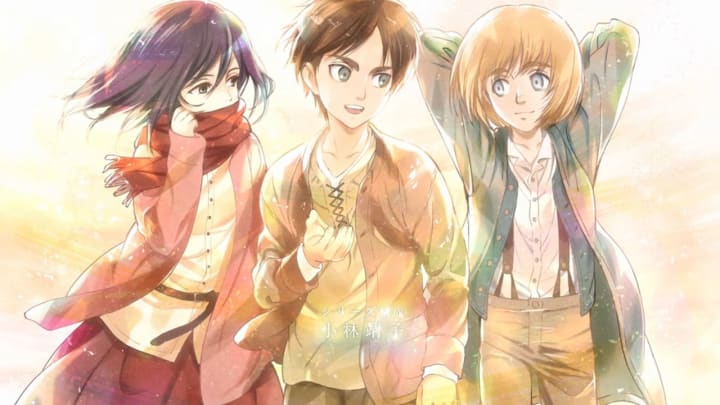
They should just change the name of the story to Attack on Feels at this point.
They started as childhood friends, but their life circumstances turned them into soldiers. It forced them to work as a team bringing their best forward to survive. Eren as the main character has a mixture of driven vengeance and compassion, causing him to be fearless and reckless at times. Mikasa and Armin balance out Eren’s aggressive behavior with knowledge and strategy, though Armin is much more sensitive than Mikasa. When companions and main characters are meant to work as a team, they will do more balancing rather than solely enhancing the main character. Teammate companions go through transformations for the sake of what and whom they care for; the main character will go through transformations for the sake of their goals and their companions.
4. Inner Demons

The companion following the shadow of other characters happens far too often. Unless you’re using the “shadow” as a method of developing a character’s personality, don’t let your companion only be summoned when you need something interesting to happen in your story. Your companion may be a second main character or a secondary character, but they still need to display development. If anything, the companion’s storyline should create a subplot. There should be an apparent internal and external conflict revealing more detail about their strengths and weaknesses.
This is something EVERY character should experience, but the companion gets shorted in anime sometimes. Keep these questions for your companion in mind:
- “What would [character] do after feeling [emotion]?”
- “Would my character’s [internal conflict] make them respond to [external conflict] in this way?”
The Transformation of Character
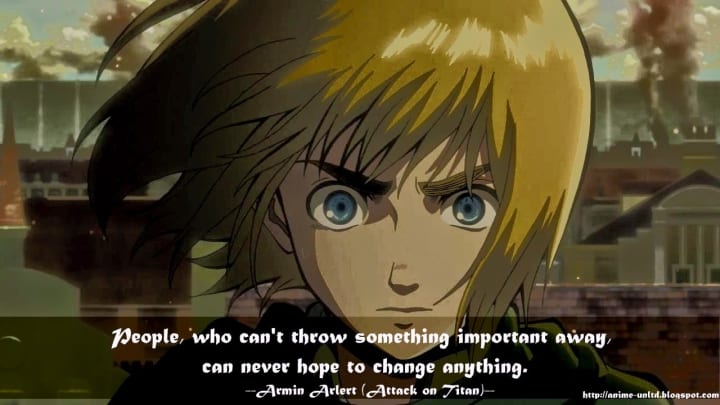
When your Companion experiences a transformation, it works from the inside out and it’s something the main character inevitably notices. Whether this change in the Companion brings joy or misfortune is up to you. When people accomplish something or fail at something, a transformative decision is made right then and there. You’d do the same for your main character, wouldn’t you? The transformation of your Companion is a pivotal moment in their life; it doesn’t have to overwhelm or underwhelm them, but should make their purpose in the story more substantial than it was before. What major choices did Alphonse make that changed Edward’s view of him? What about Sasuke with Naruto? Bakugou with Midoriya? Armin and Eren?
So...what if...
- What if the companion you created is based off of someone you know? It’s very common for writers to base their characters on people they know in person. Consider your best friend or family member as a companion. Maybe take the traits of two different people and mush them together.
- What if the companion had a misleading alignment? If the origin of your Companion turns out to be the person you would least expect to be beside your main character, that would definitely make them fascinating. Think of the Prince and the Pauper scenario.
- Does the companion have to be a person? Some may think the animal or monster sidekick has been overdone, but creatures are beings that usually communicate through action more than language. Experimenting with this kind of companion can be extremely fun. This may seem cliché as many anime have animal sidekick characters, but how often are they comedy relief rather than actual characters with a real backstory? The Persona game series by Atlus has recently brought more depth to the anthromorphic characters and I've found them to be more significant than annoying.

Archetypes
Here are some archetypes your tsundere could fit. This archetype listed is referenced from The Power of Archetypes by Marie D. Jones (2017)
- Angel/Caretaker/Healer/Lover: Good and pure, yet can also be a dark angel that is sinful, seeks moral rehabilitation. Protective, loyal…selfless and empathic.
- Anti-Hero/Outlaw: …does not embody the normal traits of a hero such as moralism, idealism, and even courage, but can do the heroic thing for self-satisfaction or an ego-centric need.
- Artist: creator of art and beauty…expressive of the aesthetic value and characteristic of a person, place, or object
- Desperado: A character who is broken and alone…never a happy figure until something happens to cause him or her to find justice.
- Diplomat: A peacemaker, collaborator, a go-between who is good at seeing the positive; a mediator
- Diva: A show off, condescending, adores fame
- Explorer: An adventurer, leaves their comfort zone to find answers, loves the path of self-discovery and wants freedom
- Father: Can be harsh or supportive, nurturing or gives tough love, often a mentor
- Fool: Confused and wanders aimlessly, foolish and makes poor choices
- Free Spirit/Gypsy: Hates rules and restrictions; loves the unlimited aspect of self; truly authentic
- Geek/Nerd/Loner: Can be an outcast, a genius, and awkward; loves to be around those they have similarities with; can be a brilliant problem solver or a specialist
- Girl/Boy Next Door: A wholesome character; hopes to be normal and never stand out
- Jester/Trickster: Uses tool as a weapon or defense, frivolous, likes to play and live in the moment; easily distracted, troublemaker
- Judge/Queen: critical of others and the self, sees things in black and white, can be narrow-minded; royal and honorable, but can lack compassion
- Justice: Strives to be truly fair and just; brings balance and harmony to others
- Killer: Violent and destructive, takes care of the dirty work; a relentless and driven person
- Mentor/Teacher/Sage: Protector and teacher; purveyor of wisdom and guidance
- Poser: Presents a mask to the world, hides their true self, pretends to be more than who they really are
- Underling: A follower, always takes order and doesn’t question authority; a lackey
Would you like me to break down another archetype in anime? Find me on Twitter under @Authentikei and tell me!
About the Creator
ChaosKei
I write about anime because I'm obsessed with it, but in a writer kind of way.

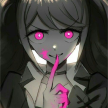


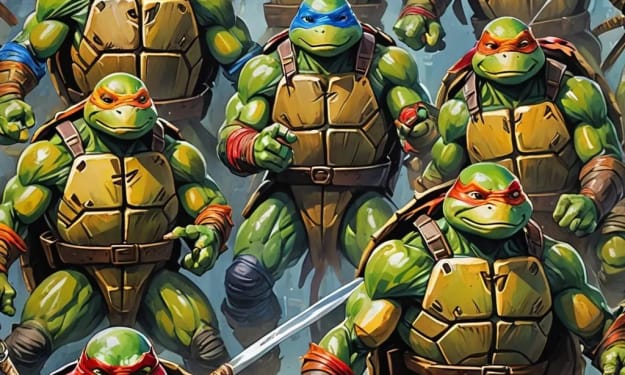

Comments
There are no comments for this story
Be the first to respond and start the conversation.